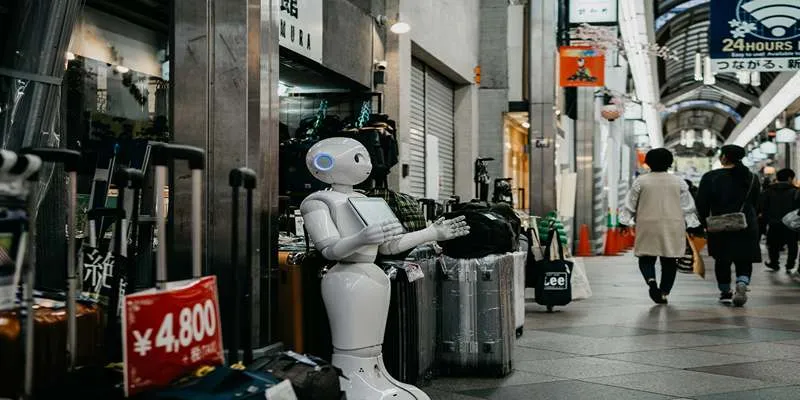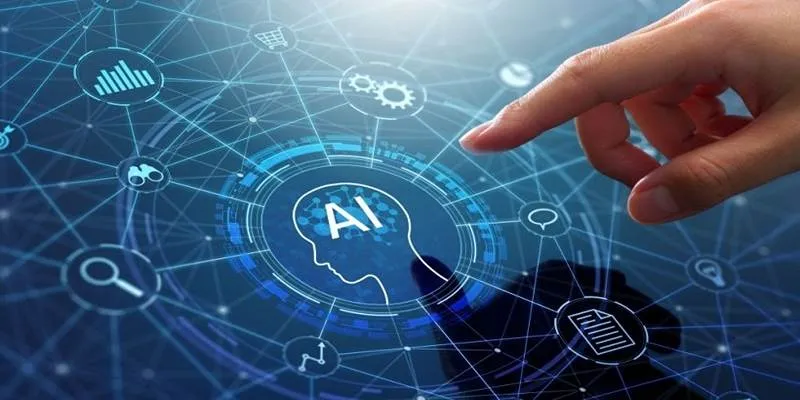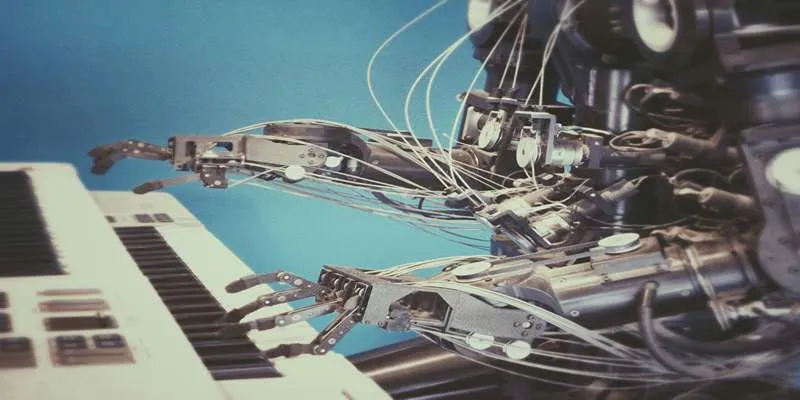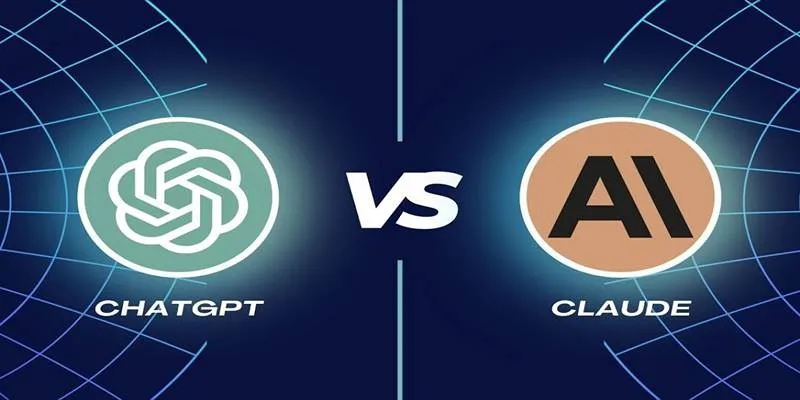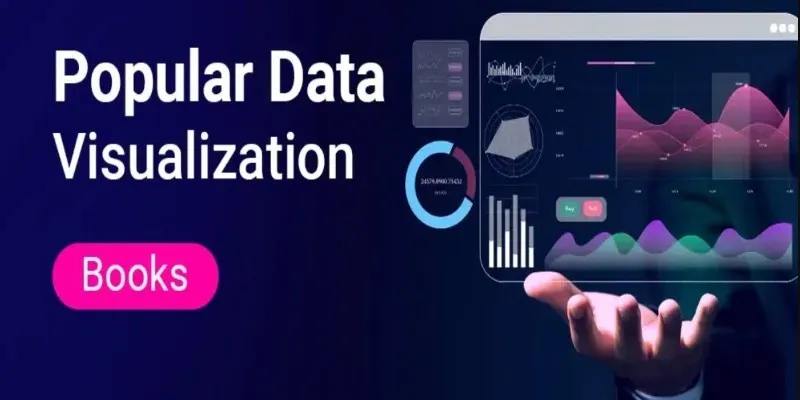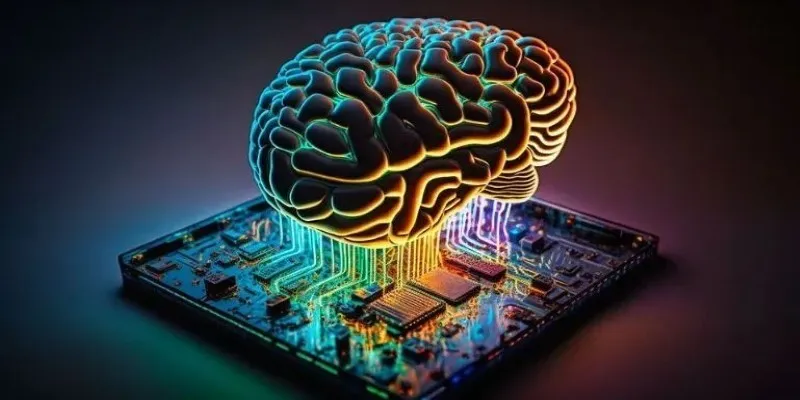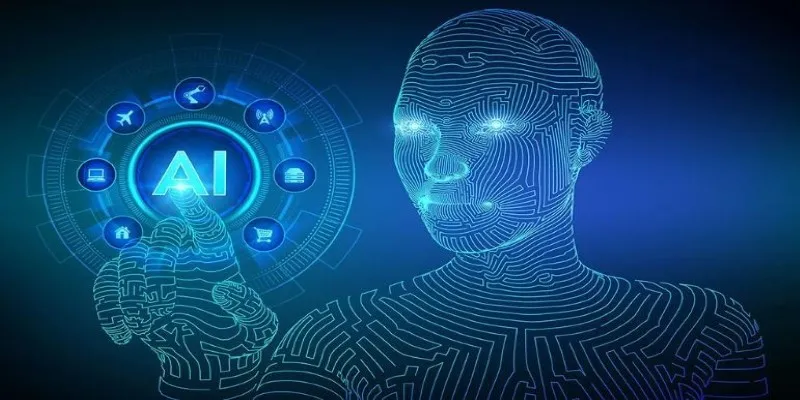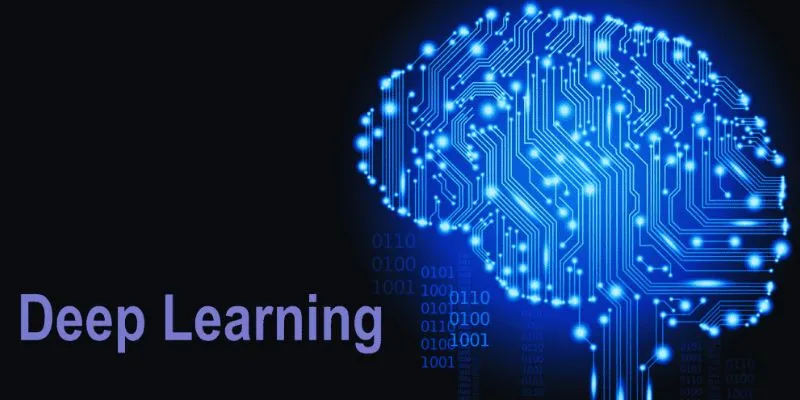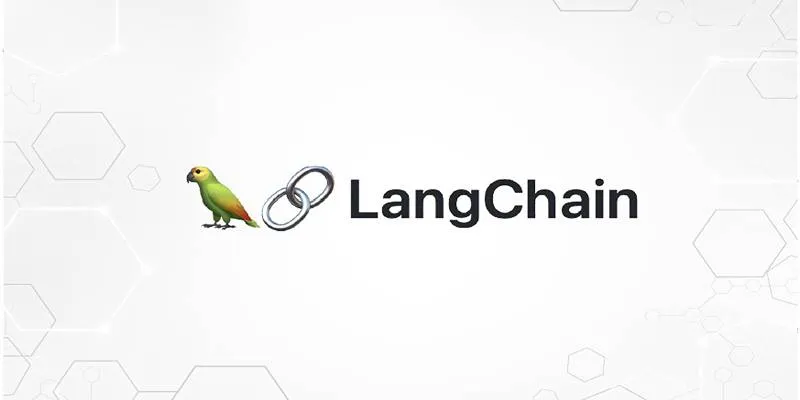Artificial Intelligence (AI) is advancing at a rapid pace, infiltrating various industries and significantly impacting the global economy. This swift advancement, however, has left many struggling to keep up. The primary issue is a widening gap between AI technological advancements and employee training. This disparity has led to concerns about unemployment and economic inequality. Moreover, the lack of digital skills education further prevents individuals from benefiting from AI advancements. This article explores why AI progresses faster than human learning, whether the digital divide is beneficial or detrimental, and how to make it a positive force for achieving balance.

Why AI Advances Faster Than Human Adaptation
The Speed of AI Innovation vs. Human Learning
AI technologies are evolving at a speed that far surpasses human learning capabilities. Artificial neural networks, deep learning, and natural language processing are AI techniques that allow systems to improve autonomously. In contrast, human learning is limited by time and traditional educational methods. While AI systems can be updated in minutes, humans require years of education and practice to achieve expertise. This technological gap poses a significant challenge, making it difficult for many to adapt to new developments.
Challenges in AI Adoption Across Industries
Companies face several challenges when implementing AI, primarily due to a lack of specialized knowledge and financial resources. Executives often struggle with integrating AI because employees lack the necessary skills. Companies that fail to adopt AI risk falling behind competitors who leverage AI for optimization. Financial constraints also hinder small businesses and developing economies from adopting AI. To bridge this gap, organizations must invest in public education and AI training for all employees, ensuring a smoother transition to AI technologies.
The Psychological Barriers to AI Adaptation
Besides technical challenges, psychological barriers also impede AI adoption. Many employees fear that AI will replace their jobs, leading to resistance. Misconceptions about AI being smarter than humans further contribute to distrust. To overcome these barriers, organizations should focus on open communication, highlighting how AI can enhance rather than replace human work.
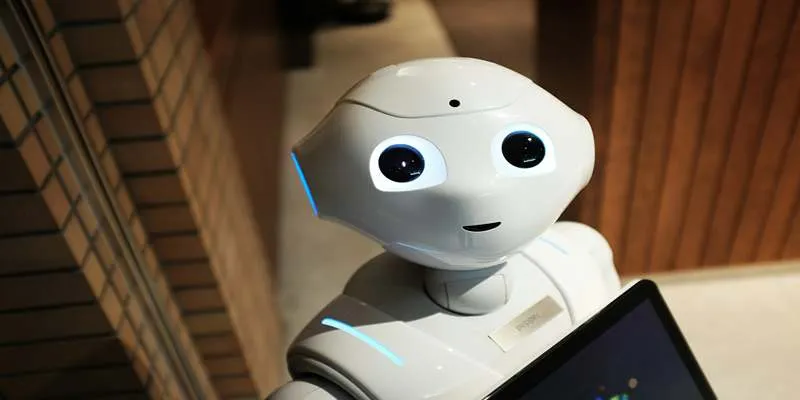
The Digital Skills Gap: A Growing Problem
Why Digital Literacy Is Essential in the AI Era
Digital literacy is crucial as more industries embrace AI. Traditional jobs increasingly require skills in AI applications, data analysis, and automation. Employees lacking these skills face job stagnation or unemployment. The ability to interact with AI is not just technical but also requires understanding. Without digital literacy programs, individuals may struggle to find employment. Therefore, governments, companies, and schools must invest in future generations to prepare them for an AI-driven economy, preventing long- term unemployment.
Who Is Most Affected by the Digital Skills Gap?
The digital skills gap disproportionately affects low-income earners, older workers, and individuals in developing countries. Access to AI training often depends on socioeconomic status, creating inequities. While younger individuals adapt to technology more easily, older employees face challenges. Industries reliant on manual labor are also at higher risk of disruption. Addressing these gaps is essential to create an inclusive digital future and prevent widening inequalities.
Bridging the Digital Divide: What Can Be Done?
Governments and private organizations must develop educational and workforce development programs focused on AI. Schools should integrate AI and coding into their curricula to prepare students for future job markets. Companies can offer reskilling opportunities to keep employees in AI-supported roles. Public-private partnerships can fund accessible AI training, and online platforms offer cost-effective, flexible learning. By making AI understandable, society can ensure that AI developments benefit all citizens, rather than exacerbating social and economic divides.
Conclusion
The rapid growth of AI presents both opportunities and challenges. While technological evolution drives progress, the digital skills gap threatens to leave many behind. Adapting to AI is crucial for reducing inequality and fostering economic growth. Investments in education, workplace training, and digital literacy initiatives are necessary for AI adaptation. Policymakers, businesses, and educators must collaborate to bridge the divide, ensuring that AI benefits society as a whole. By embracing continuous learning and proactive adaptation, we can navigate AI advancements’ challenges while maximizing their transformative potential.
 zfn9
zfn9



